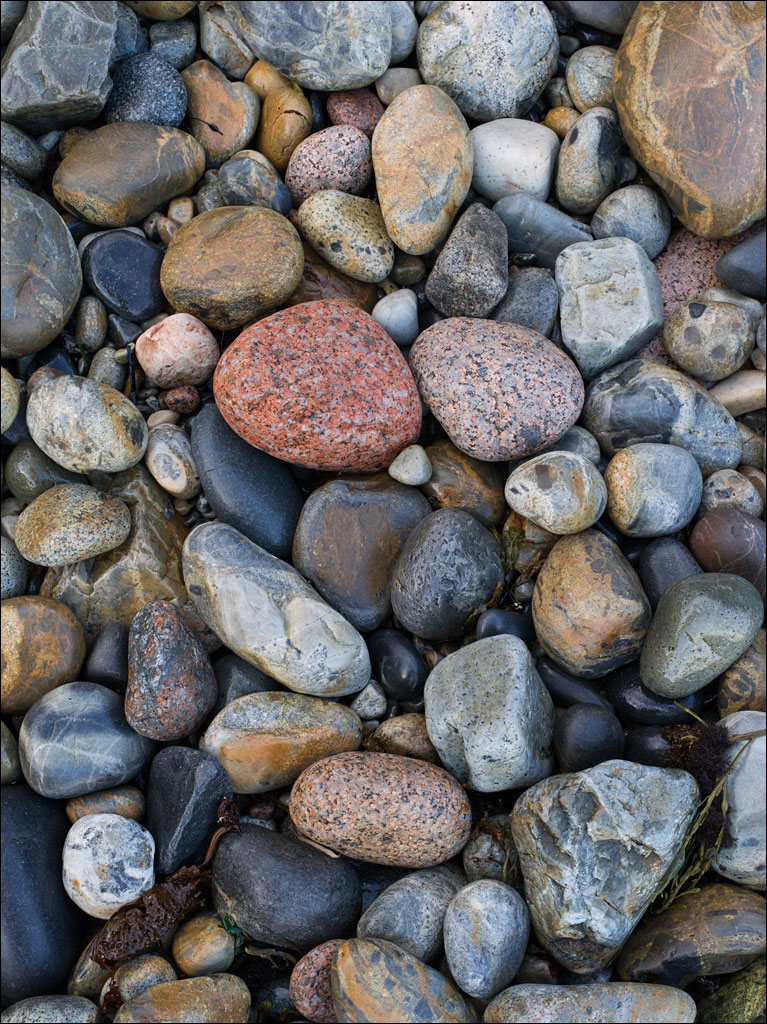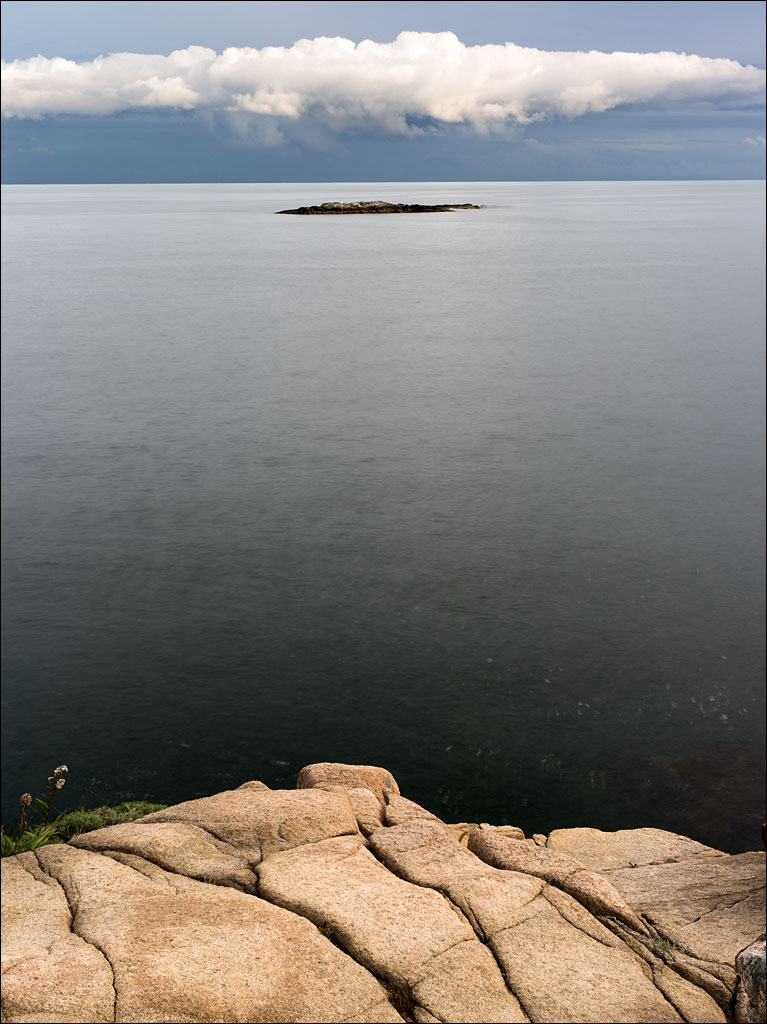 Leaf litter seems a rather undignified term. Perhaps it is our frustration of having to empty the gutters around the house and rake the lawn this time of year. But it really does not give respect to an amazingly efficient way the forest recycles what it creates. And what I find equally amazing is that in that forest refuse there are signs of life ignoring the signals of the approaching winter. Juniper haircap moss, Polytrichum juniperinum, can be seen poking through the dried leaves on our forest floor when most of the other flora that was so bountiful during the spring and summer have disappeared. Click on the image for a larger view.
Leaf litter seems a rather undignified term. Perhaps it is our frustration of having to empty the gutters around the house and rake the lawn this time of year. But it really does not give respect to an amazingly efficient way the forest recycles what it creates. And what I find equally amazing is that in that forest refuse there are signs of life ignoring the signals of the approaching winter. Juniper haircap moss, Polytrichum juniperinum, can be seen poking through the dried leaves on our forest floor when most of the other flora that was so bountiful during the spring and summer have disappeared. Click on the image for a larger view.
Fire
Change
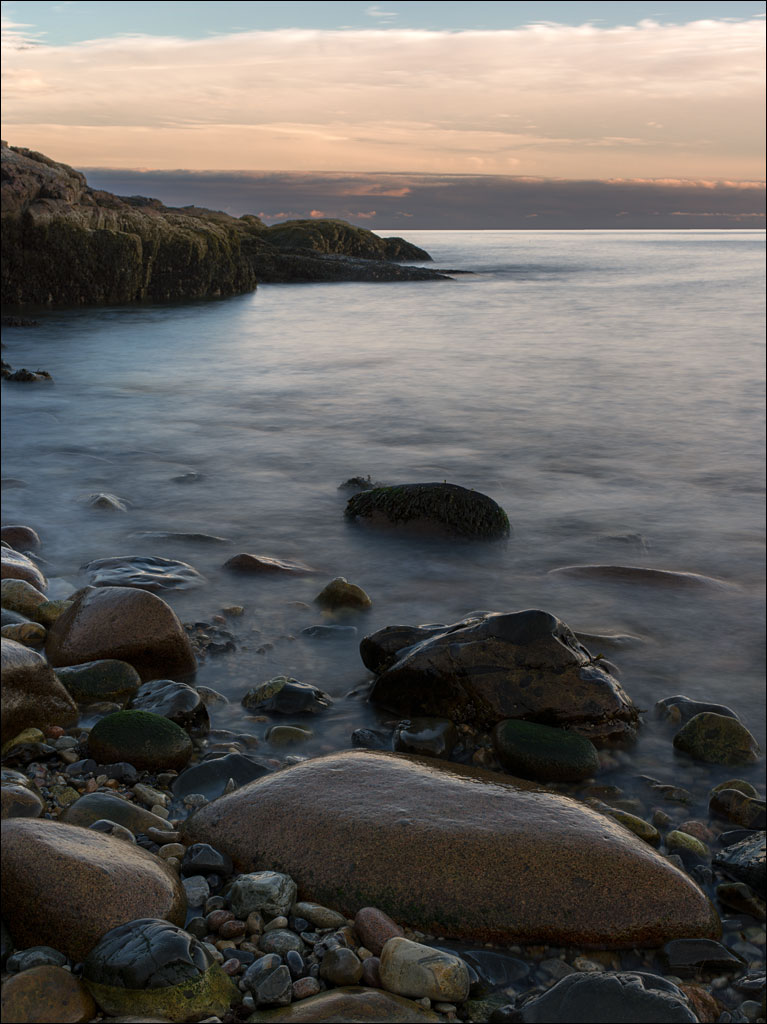 The view of the fading day from Little Hunters Beach. Acadia National Park is often described as a timeless, unchanging landscape. Perhaps on a human scale, but the land is changing. Every rainfall, every tide takes a little away. The winter ice splits rock. And the colonizing biology leaves its mark. Click on the image for a larger view.
The view of the fading day from Little Hunters Beach. Acadia National Park is often described as a timeless, unchanging landscape. Perhaps on a human scale, but the land is changing. Every rainfall, every tide takes a little away. The winter ice splits rock. And the colonizing biology leaves its mark. Click on the image for a larger view.
Little Hunters Beach
Bladder Wrack
 Bladder wrack, Fucus vesiculosis, colonizing the faults in the rock of Otter Cliffs. Also known as rockweed, this seaweed carves out its life in the high intertidal zone. Click on the image for a larger view.
Bladder wrack, Fucus vesiculosis, colonizing the faults in the rock of Otter Cliffs. Also known as rockweed, this seaweed carves out its life in the high intertidal zone. Click on the image for a larger view.
Old Soaker Island
Phantom in the Woods
 Last Friday, when Naomi and I were going out, I took our dog Hikari outside to put her into the car. On the other side of the driveway, just inside the woods, I heard something walking. I thought it was the neighbor’s cat or dog. I walked to the edge of the woods to shoo it way. But in the twilight, I could not see anything, certainly not a domestic animal. I could hear where it was, but it was completely invisible. Continue reading
Last Friday, when Naomi and I were going out, I took our dog Hikari outside to put her into the car. On the other side of the driveway, just inside the woods, I heard something walking. I thought it was the neighbor’s cat or dog. I walked to the edge of the woods to shoo it way. But in the twilight, I could not see anything, certainly not a domestic animal. I could hear where it was, but it was completely invisible. Continue reading
Kennebec Land Trust 25th Anniversary Exhibition
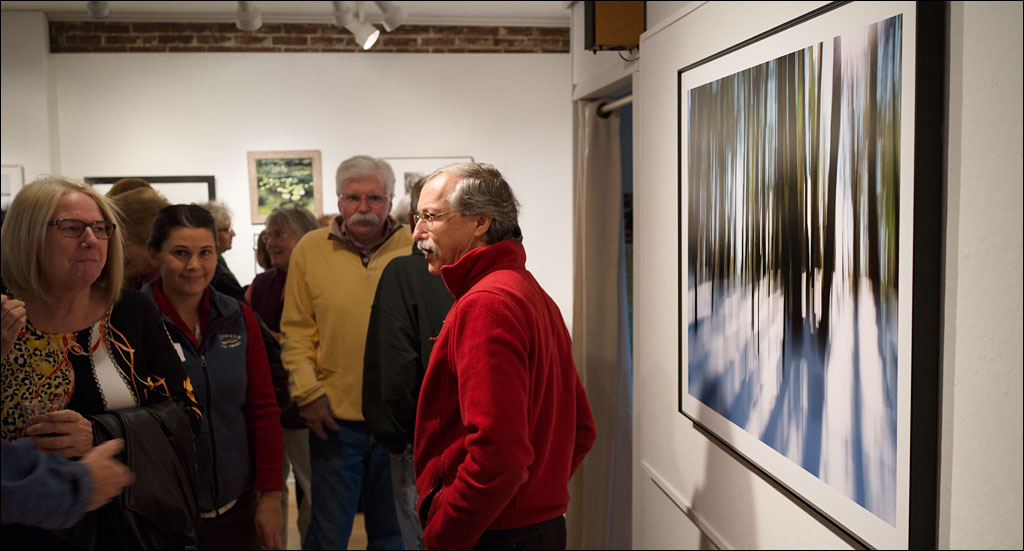 The Kennebec Land Trust is celebrating their 25th anniversary with an exhibition at the Harlow Gallery in Hallowell, Maine. I was honored to have one of my images selected for the show. Many of the Kennebec Land Trust properties offer recreational trails for the public. My submission was taken at the Small-Burnham Conservation Area in Litchfield, Maine. The exhibition runs until November 1st. Click on the images for a larger view.
The Kennebec Land Trust is celebrating their 25th anniversary with an exhibition at the Harlow Gallery in Hallowell, Maine. I was honored to have one of my images selected for the show. Many of the Kennebec Land Trust properties offer recreational trails for the public. My submission was taken at the Small-Burnham Conservation Area in Litchfield, Maine. The exhibition runs until November 1st. Click on the images for a larger view.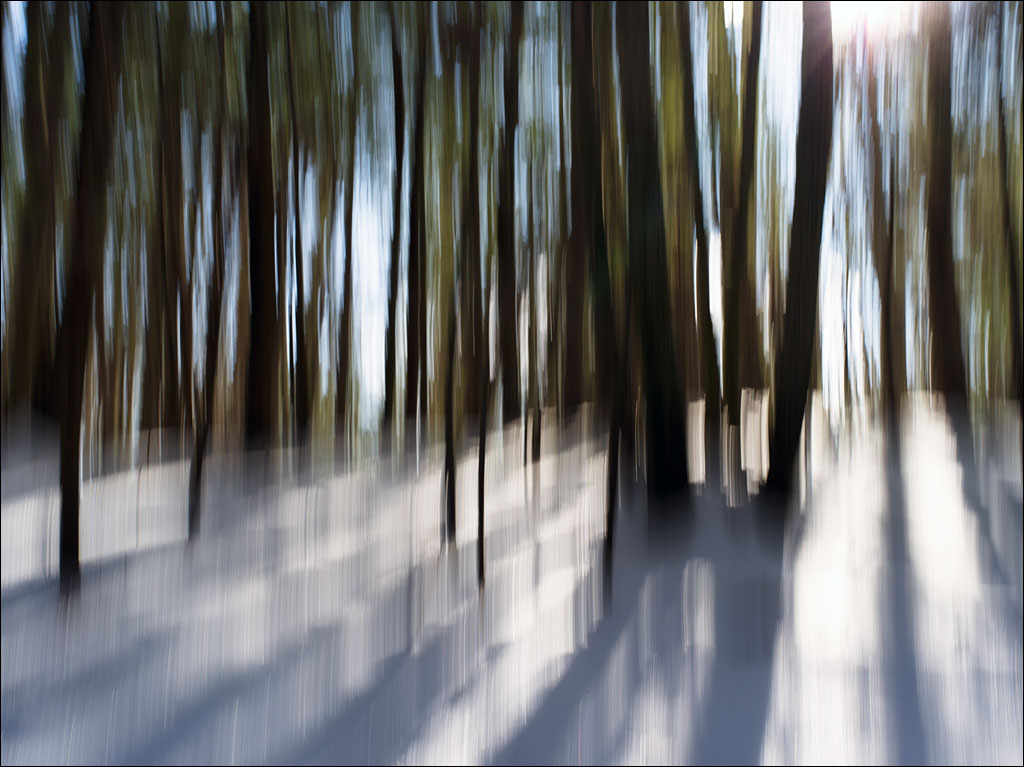
Pilgrim
 Pilgrims flock to the island of Shikoku in Japan. Through the centuries, the fundamental practice of these pilgrims has not changed: they walk, they pray. To complete the entire route, a little over 1,200km or 750 miles, takes most travelers about fifty days. Some have claimed do this in thirty—a formidable feat. The path is mostly on roads. It hugs the coast and crosses mountains.
Pilgrims flock to the island of Shikoku in Japan. Through the centuries, the fundamental practice of these pilgrims has not changed: they walk, they pray. To complete the entire route, a little over 1,200km or 750 miles, takes most travelers about fifty days. Some have claimed do this in thirty—a formidable feat. The path is mostly on roads. It hugs the coast and crosses mountains.
One hundred years ago, the average pilgrim is said to have spent about one hundred days to complete the pilgrimage. Roads, general health, and modern gear are mostly responsible in changing that. I am grateful of not having to wear the traditional straw sandals and cotton robes, which must have made this journey even harder.  This pair of pilgrims from the early 20th century are described as monks, but wrongly cited as carrying statues of the Buddha—the image on their backs is of Kobo Daishi. The photograph is from the book By Nippon’s Lotus Ponds; Pen Pictures of Real Japan by Matthias Klein and published in 1914. Click on the images for a larger view.
This pair of pilgrims from the early 20th century are described as monks, but wrongly cited as carrying statues of the Buddha—the image on their backs is of Kobo Daishi. The photograph is from the book By Nippon’s Lotus Ponds; Pen Pictures of Real Japan by Matthias Klein and published in 1914. Click on the images for a larger view.


